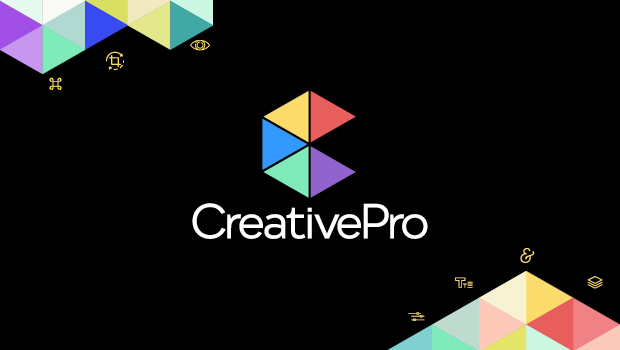This Month in InDesign Articles, Number 138

You have a choice: you could fritter the next half hour looking for new cat videos, or you could fill your brain with some awesome articles and videos of interest to InDesign users!
- Do you use InCopy? Check out this great article on using Typekit fonts with InCopy.
- Anne-Marie Concepción’s new title “Designing Templates with InDesign” is now out!
- If you love type, you probably love ligatures. Here’s a terrific article about the “f” ligatures by Ilene Strizver!
- And Nigel French writes about how to combine typefaces for beautiful design.
- Advice to publishers: “Learn how to use Adobe InDesign properly,” says Laura Brady.
- Curious about what InDesign Server can do for you? This is a great detailed write up about who InDesign Server is for and how you might use it.
- Interested in starting a new magazine? Check out this new book: Print is Dead. Long Live Print: The World’s Best Independent Magazines.
- If you like reading and thinking about color, and you don’t mind rude language, you must check out this old xkcd blog post where Randall reveals the results of a funny survey he did.
- Do you use TruEdit? If you’re a small or medium sized business that uses InDesign and needs a workflow management solution, perhaps you should. They’ve added a new feature that lets you pin things to your favorites bar.
- Did you know that the excellent Adobe Inspire magazine is now called Adobe Create?
- Here’s something you can’t do with InDesign: moo.com is now embedding NFC chips into their business cards (Near Field Communication… so you can tap your business card against a card reader and it does something… kind of like scanning a QR code.) It doesn’t work with iPhone yet (boo hoo), but I have high hopes for the future.
See also: This Month in InDesign Articles, Number 137
- Anyone who knows Japanese fonts will be excited that Morisawa is now distributing some of its many amazing Japanese fonts through Typekit!
- Need a good keyboard shortcut cheat sheet for InDesign, Illustrator, or Photoshop?
- Curious about whether InCopy can help your business and workflow? Here’s a case study that talks about how InCopy really helped one in-house design team.
- Grids! Everyone needs help and reminders to use grids (especially me). Here’s a quick tutorial about using grids in your layout.
- The new Acumin font (well, huge family of fonts) is pretty cool! Here’s a fun piece about it on the Typekit site written by my friend John D. Berry.
- Every InDesign user needs to know these fundamental “working with values” tricks that Erica wrote up.
- I love tight tracking (what some people still call “range kerning” or letterspacing). Here’s some tips on choosing the right font if you’re looking to track type tightly.
- Adobe Stock (their new stock photography service) is starting to blossom. Here’s a piece by Annemarie Beliard on how it works with CC Teams.
- And anyone who has worried that print books are dying and the future is “all E” must read this reassuring piece in the NYTimes. (On the other hand, fewer American adults are reading print books, so… hm.)
- And then Craig Mod explains his preference for print books after years of being a digital-only reader.
- For those of you old enough to remember the QuarkXPress martian, you’ll enjoy this head-to-head comparison between aliens in QX vs. ID.
- I’m excited that Adobe Muse is finally going responsive!
Enjoy!
This article was last modified on July 25, 2019
This article was first published on October 25, 2015




